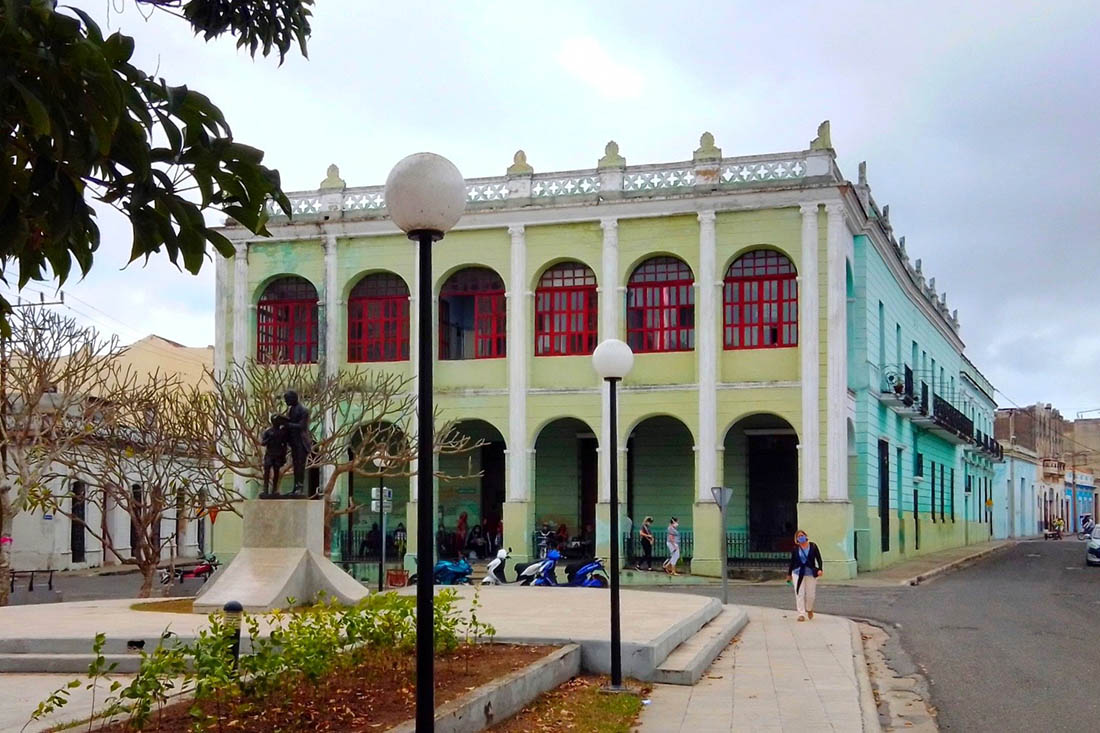Tomás Pío Betancourt y Sánchez-Pereira was the son of the royal ensign Graciano Betancourt y Agramonte and Micaela Sánchez-Pereira. On December 25th, 1827, the lawyer married María Loreto Agramonte y Sánchez-Pereira, daughter of the alderman Francisco Borja de Agramonte y Recio and Francisca Sánchez-Pereira y Agramonte. When his first wife died, Tomás Pio got married, on January 7th, 1852, to María de las Mercedes, sister of the former. Marriages that would bring together 10 offspring, but none as favored as Dolores Betancourt would be, by the way, a determination that would enter into a clear break with the archaic feudal-type customs implanted by the Spanish colonization of the Island.
The graduate’s fortune was not small. Suffice it to say that from his great-uncle and Regidor Tomás de Cisneros y Gerardo, he had inherited 2,391.7 gold pesos, to which he added the value of the Antón herd at 11,820.00 gold pesos. To the above figure was added 24,843.3 gold pesos from his father Graciano Betancourt, while 6,965.6 gold pesos from his mother. And from the capital of his wife Loreto de Agramonte 8,083. ½ gold pesos; and from his father Francisco Borja de Agramonte, 21, 162.3 gold pesos.
A progressive woman
We must not overlook her second surname (“Agramonte”), which was raised in the essence of sincere Christian and humanist devotion, with the education and refinement of the most advanced Creole Enlightenment of the mid-nineteenth century, and, one could say, from the lineage of the «Agramonte» family. Essences that would be articulated with the reading that, surely, she would make of the texts gathered in her home: The art of speaking well, Philosophy Course, Montesquieu’s family letters, Constitutions of America, Hobbes’s philosophical and political works, Elements of ideology , The French Revolution, Fables of Samaniego, Works of Garcilaso, Popular Education, Poems of Horacio…
According to a portrait of her, she was a beautiful woman, a young lady who must have been wooed by many suitors, although she preferred not to give herself to any man, -to protect her fortune, the sum of so many inheritances; or pretending in hermetic silence to protect family secrets? -; and envy her economic position, and her trip to Spain and the United States; and criticize others for the detachment of her wealth to allocate them to the creation of schools that would carry out the education of orphaned and poor girls and boys, and the noble Amparo de la Niñez school.
With an eye on the future of Camagüey, the «Tomás Pio palace» had to change its architecture to become a school. It would no longer be pondered as the house of the Knight of the Order of Isabella the Catholic, nor for having housed officers from one of the Spanish battalions; nor the house evocative of the power of her ancestry. Dolores Betancourt had no imitators. She was a bold woman willing to break cultural paradigms and ancestral taboos, perhaps, to teach us a lesson: a “Better World is Possible”, when the will leads us by the hand to conquer it.
Translated by: Aileen Álvarez García






